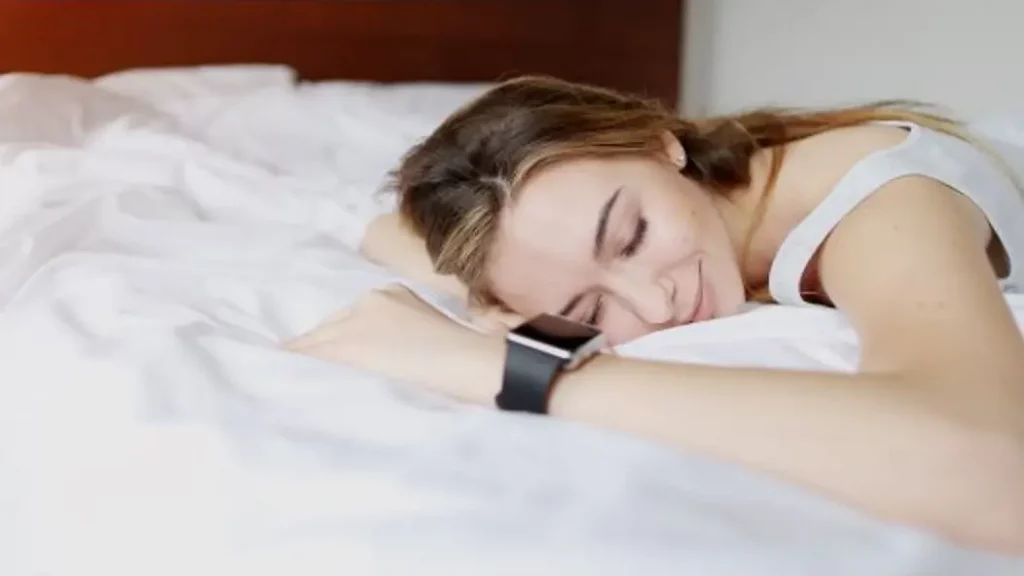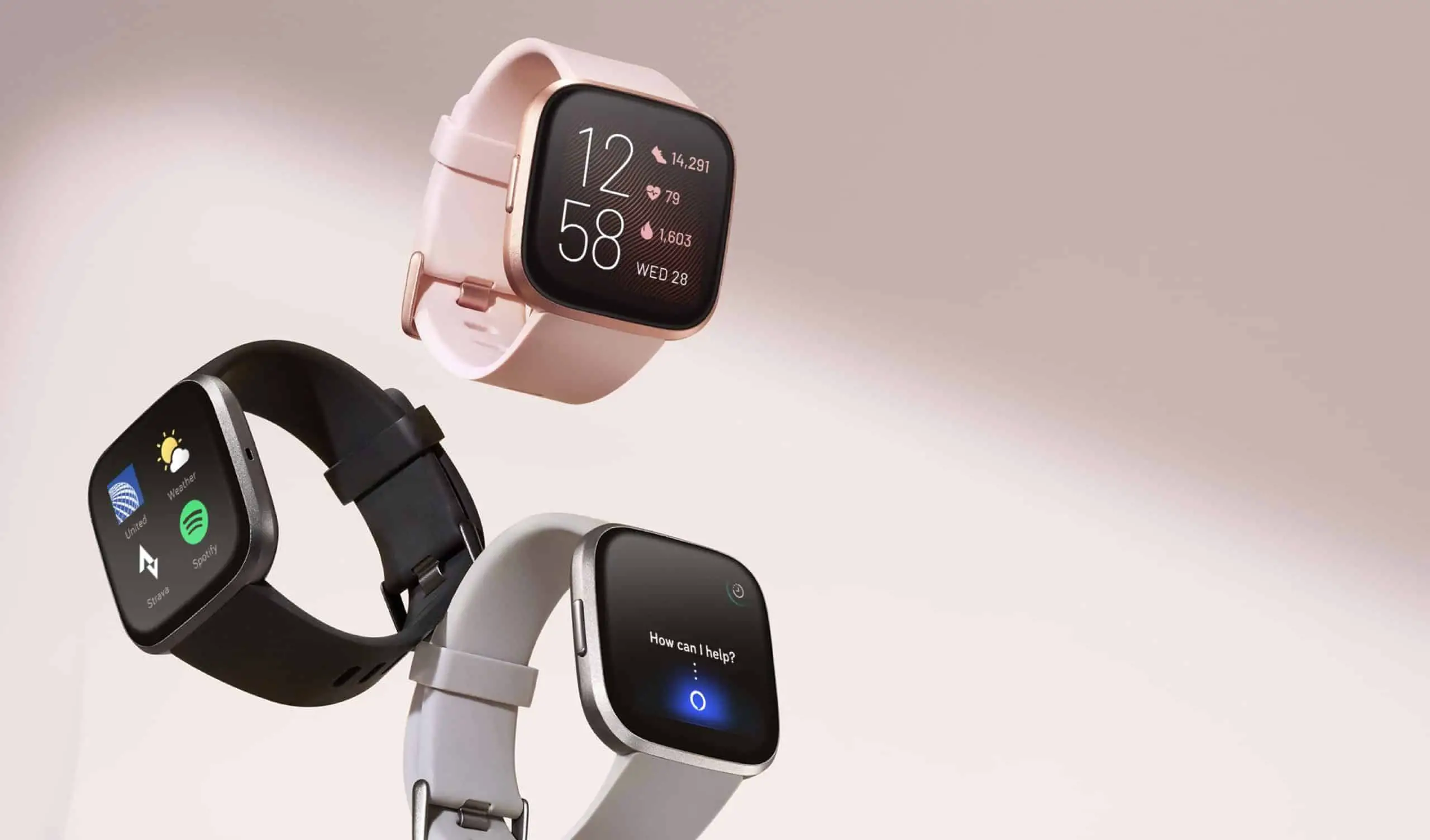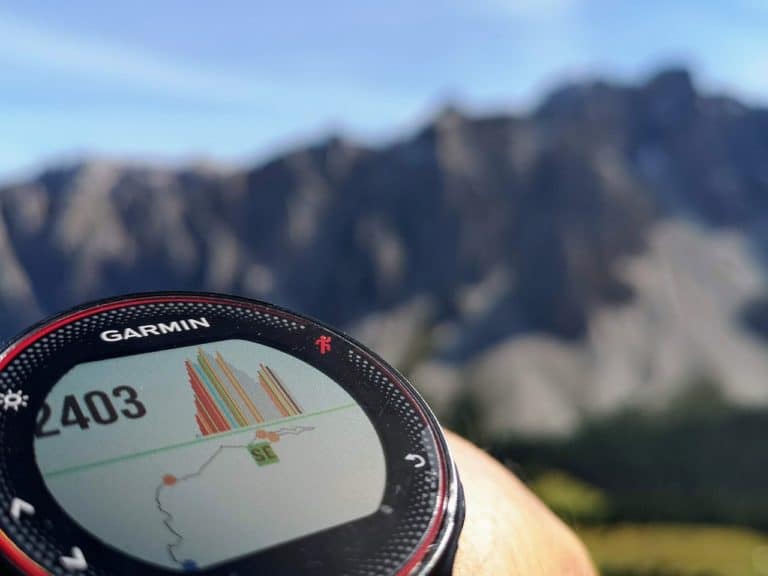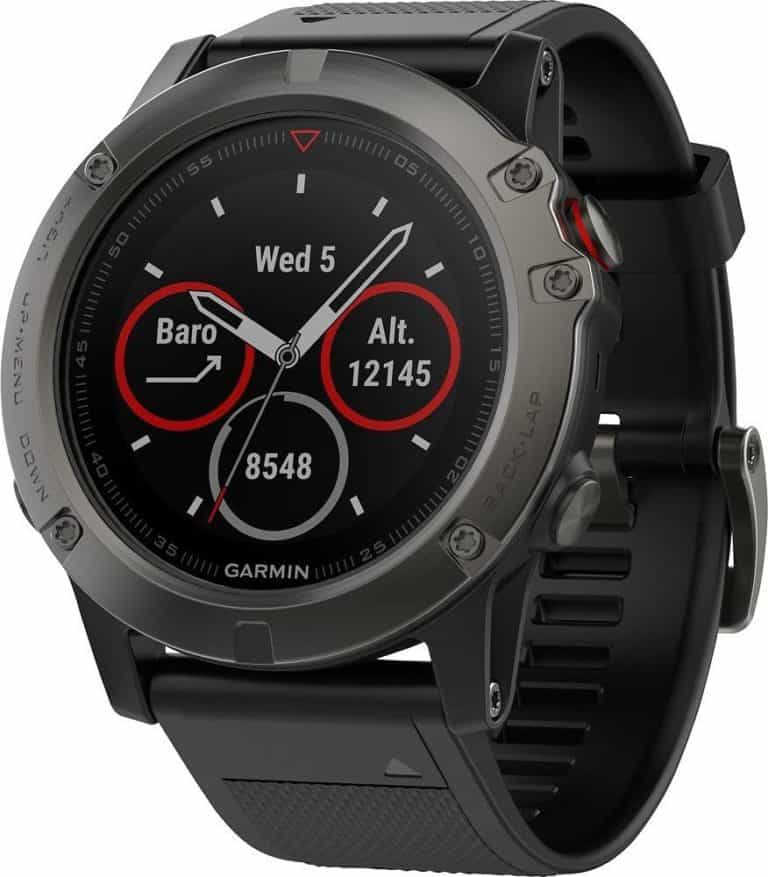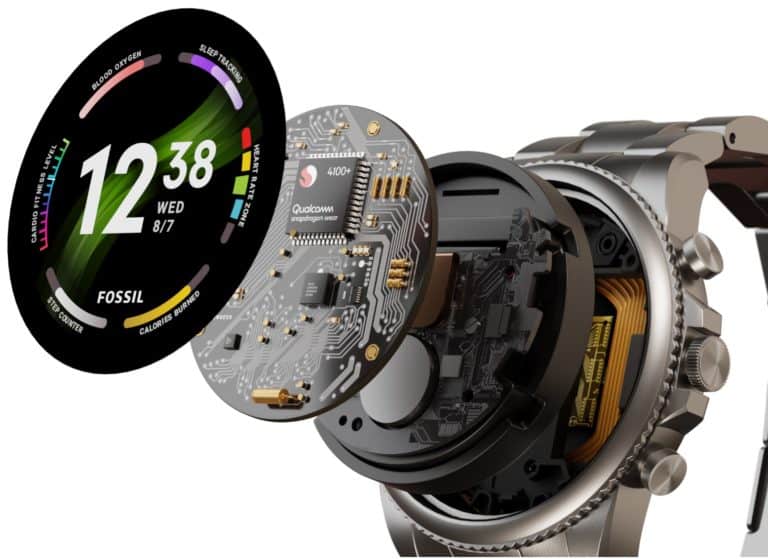If you’re one of the many people who struggle to get a good night’s sleep, you may be wondering if a smartwatch sleep monitor can help. Smartwatches are becoming increasingly popular, and their capabilities are expanding. Many now offer sleep tracking features, which can be helpful in understanding your sleep patterns and identifying potential issues.
Which Type of Sleep Tracker Should I Choose?
There are many different types of sleep trackers, and they each have their own advantages and disadvantages. Some trackers can help you fall asleep faster, some can wake you up earlier, and some can help you achieve a better night’s sleep overall. If you’re looking to track your sleep patterns, improve your health or help you fall asleep faster, a smartwatch sleep monitor is a great option. These devices typically connect to your smartphone and record your sleep patterns. When you use the app that comes with the device, you can upload the data to get an idea of how your sleep patterns differ from day to day. Learning more about your sleep patterns can help you get a better night’s sleep, which in turn will help you feel better and live longer
Sleep tracking varies depending on the device type available
1. Wearable devices: these can be fitness trackers or smartwatches with sleep-monitoring capabilities, wristbands, rings etc. Smartwatches usually have a wider range of capabilities, such as being able to receive notifications and alerts, check apps, and place or take a call. Wristbands and watches both typically have fitness tracking features, but wristbands may or may not have a built-in display. Wristbands fit around the wrist like a watch, but they typically don’t have a face.
2. Under mattresses: Sleep data can be inferred from under-the-mattress tracking devices based on vibrations. These devices are typically thin and unobtrusive, making them appropriate for individuals who want to monitor their sleep without wearing a device to bed. There are many under-mattress options available that will work with most mattresses on the market, though they may not be compatible with exceptionally thick models or waterbeds.
3. Smart mattresses: A smart mattress is a mattress that connects to the internet and can be controlled via a smartphone or other device. These mattresses often have sensors that track sleep patterns, and they can be used to adjust the firmness of the mattress or to provide other features such as heating and cooling.
4. A smartphone app: There are a lot of health apps that can help track your sleep schedule. Some smartphones, like the iPhone, track your sleep automatically. Other options include the downloads of tons of apps that track our sleep cycle, your sleep trends, your sleep hours, etc. Just go on your smartphone store and type in sleep tracking. You will be presented with tons of options.
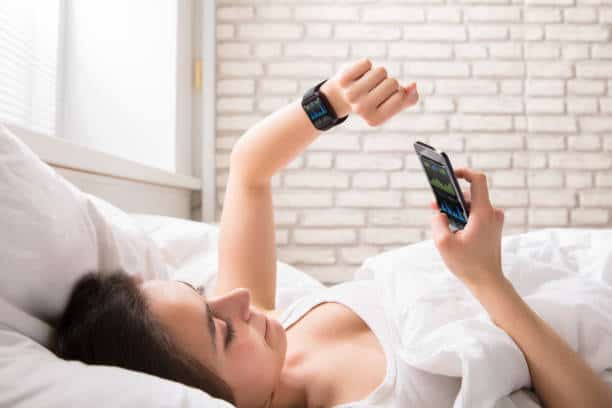
How does a smartwatch sleep monitor track my sleep?
Wearable sleep-tracking devices can track everything from your steps to your heart rate to tell you when you’re inactive. Some smartwatches with health functionality can even send an alert to your phone if they detect movement while you’re asleep.
Fitness trackers are able to track sleep by monitoring your movement and heart rate throughout the night. By doing this, they are able to get an idea of how long you sleep, as well as the quality of your sleep. They can also indicate when you wake up in the morning and overnight movements like how many times you woke up during the night and how many steps you take in a night.
There are many different algorithms that can be used to track sleep in a smartwatch. Some of the most common include using accelerometers to track body movement, monitoring heart rate, and using skin conductance to track changes in skin temperature. While these various algorithms provide valuable insights into your sleep patterns, the actual data interpretation can be complex and vary between different smartwatches. To simplify the process of interpreting your smartwatch sleep data, Fidelity developed a tool called the Fidelity Smart Watch Index (FSWI). The Fidelity Smart Watch Index is a set of algorithms that empirically estimates how well you are sleeping based on objective sleep data from a given smartwatch.
How do smartwatches sense light sleep and deep sleep?
Smartwatches use actigraphy to track and monitor the wearer’s activity levels and sleep patterns. Actigraphy is a method of measuring rest and activity cycles by recording movement with a wrist-worn device called an actigraph. The actigraph is worn on the non-dominant wrist for at least 7 days and provides a record of the wearer’s activity level over time. This information can be used to assess sleep patterns, quantify levels of physical activity, and detect changes in activity levels that may be associated with health conditions.
To get accurate sleep stage tracking, smartwatches use the Fidelity Smart Watch Index heat map shows which watches can detect when you are in deep sleep (inactive) and light sleep (active) to give you a better picture of your sleep patterns. The Fidelity Smart Watch Index is a free, online tool that can be used to evaluate your sleep quality. By interpreting the data from your smartwatch, you can gain a better understanding of how you sleep and how that affects your health and Fitness. The Fidelity Smart Watch Index gives information on how well you are sleeping based on data from your smartwatch. It can help you identify if you have restless legs or wake up with a morning headache, for example, because of a disrupted sleep cycle. The tool can also show you if you have a sleep disorder, such as sleep apnea.
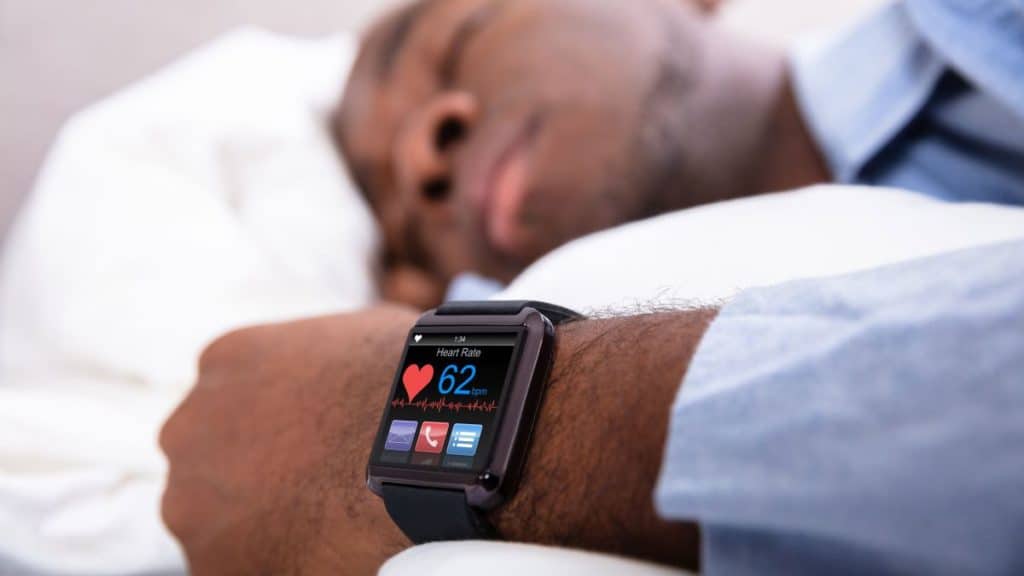
How accurate are smartwatches in tracking sleep?
While smartwatches are capable of tracking your sleep patterns, the accuracy of their assessments varies depending on the algorithm used. Accuracy can range from around 70% for heat maps to more than 90% for accelerometer data. This means that smartwatches can be a useful tool for tracking your sleep, but they aren’t perfect. The reason why they aren’t perfect is because of the way that we sleep. We move around a lot while sleeping and this creates an impression that the watch wasn’t able to detect. Additionally, heat maps can show you where you are in bed, but they don’t indicate what kind of sleep you’re having.
What are the benefits of using a smartwatch as a sleep monitor?
A smartwatch is a wearable computer that’s been modified to track your sleep patterns. During the day, you can check your progress with the push of a button. Some models even send an alert to your phone if your smartwatch detects movement during sleep time. Smartwatches are available in both wired and wireless varieties
Here are a few benefits of using smartwatches as sleep trackers. They:
- can track your sleep patterns and quality, and give you insights into how to get a better night’s sleep.
- can help you wind down before bedtime by tracking your heart rate and breathing, and giving you personalized relaxation suggestions.
- can wake you up gently with a vibrating alarm, so you don’t startle yourself awake and disrupt your sleep.
- can track your sleep cycles and remind you when it’s time to go to bed, so you can stay on a regular sleep schedule.
- can keep an eye on your bedroom environment, and alert you if the noise or light level is too high and could interfere with your sleep.
- can give you a detailed report of your sleep each morning through a colourful display, so you can see how well you slept and identify any patterns or problems.
Are there any risks associated with using a smartwatch as a sleep monitor?
For some, a smartwatch is the perfect wearable device. It can track your heart rate, check your phone for messages, and even tell you when you’ve been snoring. But, there are also concerns about using a smartwatch as a sleep monitor. The risk associated with smartwatches used as sleep trackers really depends on the person using them. There are many factors that can affect your sleep tracking experience.
Here are a few risks associated with smartwatches used as sleep trackers.
- They can be uncomfortable to wear for long periods of time.
- They can be expensive.
- They may not be the most accurate.
- They may not be able to track all the data you want.
Frequently Asked Question about smartwatch sleep monitor?
If a smartwatch is worn as a sleep monitor when can it be charged?
The short answer is “often.” While most smartwatches can last for several days without a battery recharge, they’ll typically only last a couple of hours when being used for normal daily activities. To get the most out of your smartwatch while you’re sleeping, you should recharge it every couple of days
Can a sleep-tracking smartwatch be worn 24 hours a day?
There is no definitive answer to this question as it depends on the individual and the specific sleep tracking smartwatch that they are using. However, most sleep tracking devices are designed to be worn for extended periods of time, and many can be worn overnight. Obviously, you cannot wear it 24 hours a day as the bulk of the sleep trackers will need to be charged eventually. Additionnally, depending on the device, wearing your sleep tracking watch too long can strain your wrist.

